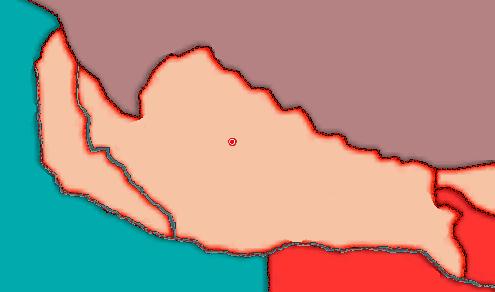Nepal
From Kaiserreich
After the violent withdrawal of British presence in India after the British Revolution, Nepal found itself in an unstable situation. The Rana family, which had dominated Nepalese politics for generations, found itself coming under fire. Without the British support they depended on, Prime Minister Chandra Shamsher was increasingly unable to assert his will over the teenage king Tribhuvana. At the same time, the young King of Nepal realized that now was the time to free himself from his childhood imprisonment and blackmail. So with the support of the Nepali Sena (Nepalese Army) – who had always supported the Shah Dynasty over the Ranas – several brigades of Gurkhas stormed the Narayanhiti Palace in central Kathmandu, capturing or killing all of the Rana family. At the same time, raids in the early morning by the Nepali Sena all throughout the Kathmandu Valley and in Patan and Bhaktapur captured most of the fringes of the Rana family, who still retained loyalty to Chandra. In a swift move, one of his first as Absolute Monarch, King Tribhuvana ordered the execution of all the senior Rana family, Chandra included. The resulting chaos could have torn Nepal apart, but the military held it together, barely. Not long after the executions, the Nepali Sena expanded outward into the vacuum of India, occupying most of the Ganges-Yamuna basin. In 1936, the cabinet of Nepal is divided between Tribhuvana and his family, as well as disillusioned British politicians who have lost all faith in there homeland. In addition, overtures for alliance with the kingdoms of Bhutan and Sikkim have elevated Nepal to a sizeable power in post-British India.

